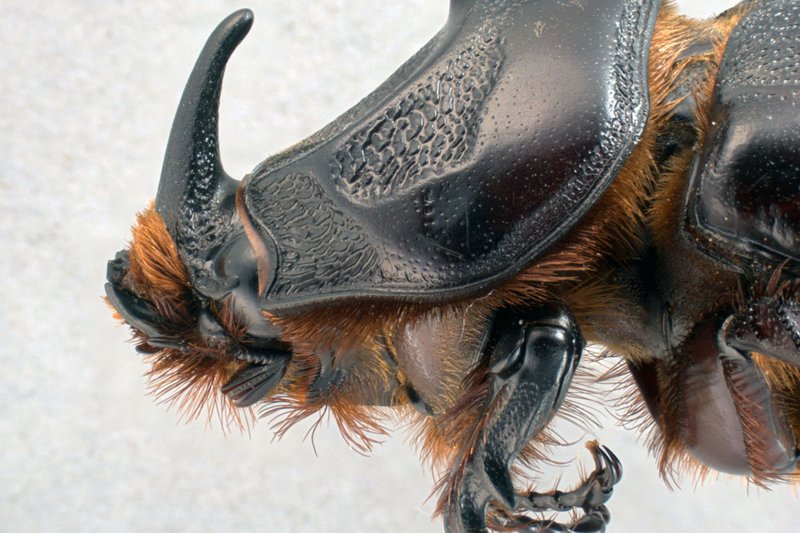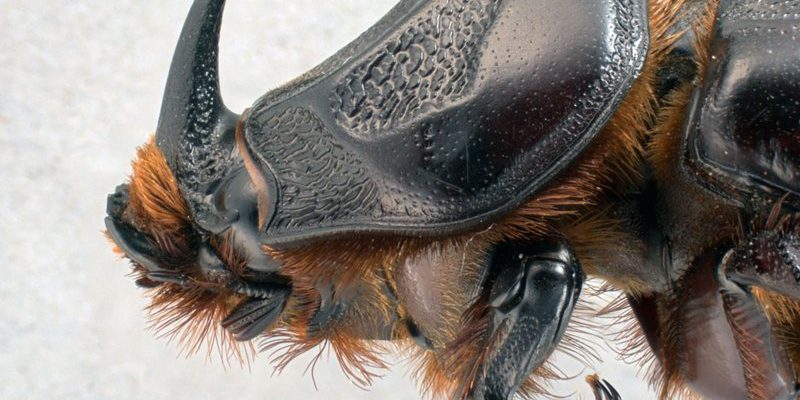
Let’s dive deeper into the world of beetles. Think of them like an assortment of tiny, moving mysteries. Some of these creatures are friendly garden allies, while others might lead you down a more concerning path. In this article, we’ll explore different types of beetles, why they might be dangerous, and what you need to look out for to keep yourself safe.
Common Types of Beetles and Their Characteristics
There are over 350,000 species of beetles worldwide, making them one of the most diverse groups of insects. With so many types buzzing around, it’s essential to know which ones you might encounter. Here are a few notable categories:
- Ladybugs: Often viewed as a gardener’s friend, ladybugs consume aphids and other pests. They’re harmless to humans and even symbolize good luck.
- Stag Beetles: With their impressive mandibles, stag beetles are striking but non-aggressive. They primarily feed on decaying wood and don’t pose any threats.
- Japanese Beetles: These beetles may wreak havoc on your garden, feasting on your plants. While they can damage crops, they’re not harmful to humans.
- Ground Beetles: Beneficial in many ways, ground beetles help control pests. They’re generally harmless to humans but can bite if provoked.
- Fireflies: Although they’re not traditional beetles, fireflies are often included in this group. They’re known for their glowing abdomens and are perfectly safe.
You might be wondering how to differentiate between these beetles when you encounter them. Many of them have distinct colors, sizes, and habits, which serves as a quick guide to their identity.
Do Beetles Bite or Sting?
Now, let’s get to the heart of the matter: can beetles harm you? Generally, most beetles are harmless and won’t bite unless they feel threatened. For example, if you handle a ground beetle, it might nip you, but it’s more of a warning than anything. Here’s a closer look:
– Biting Bugs: While most beetles like ladybugs or fireflies won’t bite, some species, like the blister beetle, can inflict painful bites. Their bites can lead to skin irritation but are rarely serious.
– Stinging Beetles: Beetles don’t have stingers like wasps or bees. However, some, like the blister beetle, release a toxic substance that can cause skin blisters upon contact. This isn’t a sting in the traditional sense, but it’s a good reminder to handle all beetles with care.
So, while a typical beetle isn’t your enemy, it’s essential to be cautious. Respecting their space goes a long way.
Are There Any Poisonous Beetles?
You might be surprised to learn that some beetles can be toxic, but they’re not likely to harm you directly. One infamous example is the Blister Beetle:
– Blister Beetles: These little guys have a chemical called cantharidin in their bodies. If this substance comes into contact with your skin, it can cause painful blisters. Eating them might lead to more severe reactions. Thankfully, they’re typically not aggressive, and awareness is your best defense.
– Lady Beetles: Some ladybugs, typically Asian varieties, can also be toxic if ingested, but that doesn’t mean you should panic. Just avoid eating any insects you find!
While these beetles aren’t typically a direct threat to your health, knowing about them can help you make educated choices about interactions.
What Attracts Beetles to Your Home?
Ever wonder why beetles often crash your indoor parties? There are a few reasons these bugs might decide to come into your home:
1. Light: Just like fireflies are drawn to light, many beetles are attracted to bright lights at night. Keep exterior lights off if you notice a lot of beetles hanging around your porch.
2. Food Sources: Beetles often seek out food, particularly dried food or pet food. Make sure your pantry is sealed tight to avoid attracting these critters.
3. Moisture: Some beetles are drawn to damp places. If you have any leaks or standing water in your home, fix those issues. Dry environments are less appealing to them.
Understanding what attracts beetles can help you create a beetle-less zone in your space!
Preventing Beetle Infestation
Keeping beetles out of your home isn’t rocket science. Here are some simple tips to make your home less appealing:
– Seal Cracks and Gaps: Check your windows, doors, and walls for any openings. Sealing these areas helps keep unwanted beetles outside.
– Proper Food Storage: Store food in airtight containers. This keeps beetles and other pests out of your snacks.
– Maintain Your Yard: Keep your garden tidy—remove any dead plants, and trim overgrown bushes. A well-kept yard is less inviting for beetles to set up shop.
– Regular Cleaning: Clean your home frequently, particularly the kitchen and dining areas. Wiping down surfaces prevents beetles from finding food sources.
By taking these simple precautions, you can significantly reduce the chances of beetles becoming unwelcome guests.
What to Do If You Encounter a Beetle?
So, you’ve found a beetle in your space. Now what? Here’s a friendly guide on how to handle the situation:
1. Don’t Panic: Most beetles are harmless, so take a deep breath. If it’s not bothering you, it’s best to just let it be.
2. Capture and Release: If you need to remove it, gently catch it using a jar or cup. Slide a piece of paper underneath to trap it, then release it outside.
3. Adjust Your Environment: If you notice more beetles around, revisit your prevention tactics. Maybe there’s a light attracting them or food left out.
4. Consult an Expert: If you find a beetle you can’t identify, consider reaching out to a local pest expert. They can help determine if it’s harmful or if any action is needed.
Beetles don’t have to be a cause for concern. Understanding them makes it easier to figure out how to live in harmony (or keep them outside) without fear.
Final Thoughts: Living with Beetles
In conclusion, while the question “Is the beetle dangerous to humans?” is valid, it’s clear that most beetles are simply part of the natural world, and only a few present threats. They contribute to ecosystems, helping with pest control and pollination. By understanding their habits and behavior, you’re better equipped to coexist peacefully.
Remember, the key is respect—both for the beetles and your own comfort. Whether you’re admiring ladybugs in your garden or dealing with an unexpected visitor inside, knowledge is your best tool. Enjoy the wonders of nature safely, and don’t hesitate to reach out to an expert if beetles become too much of a concern!

